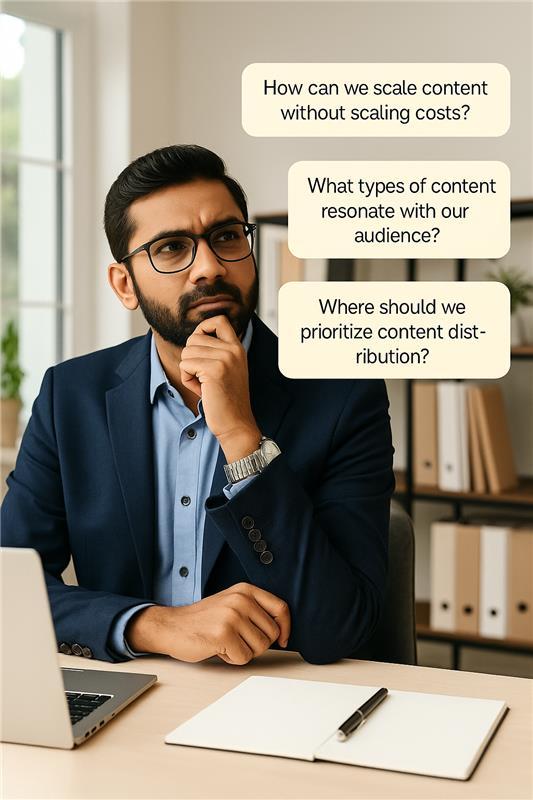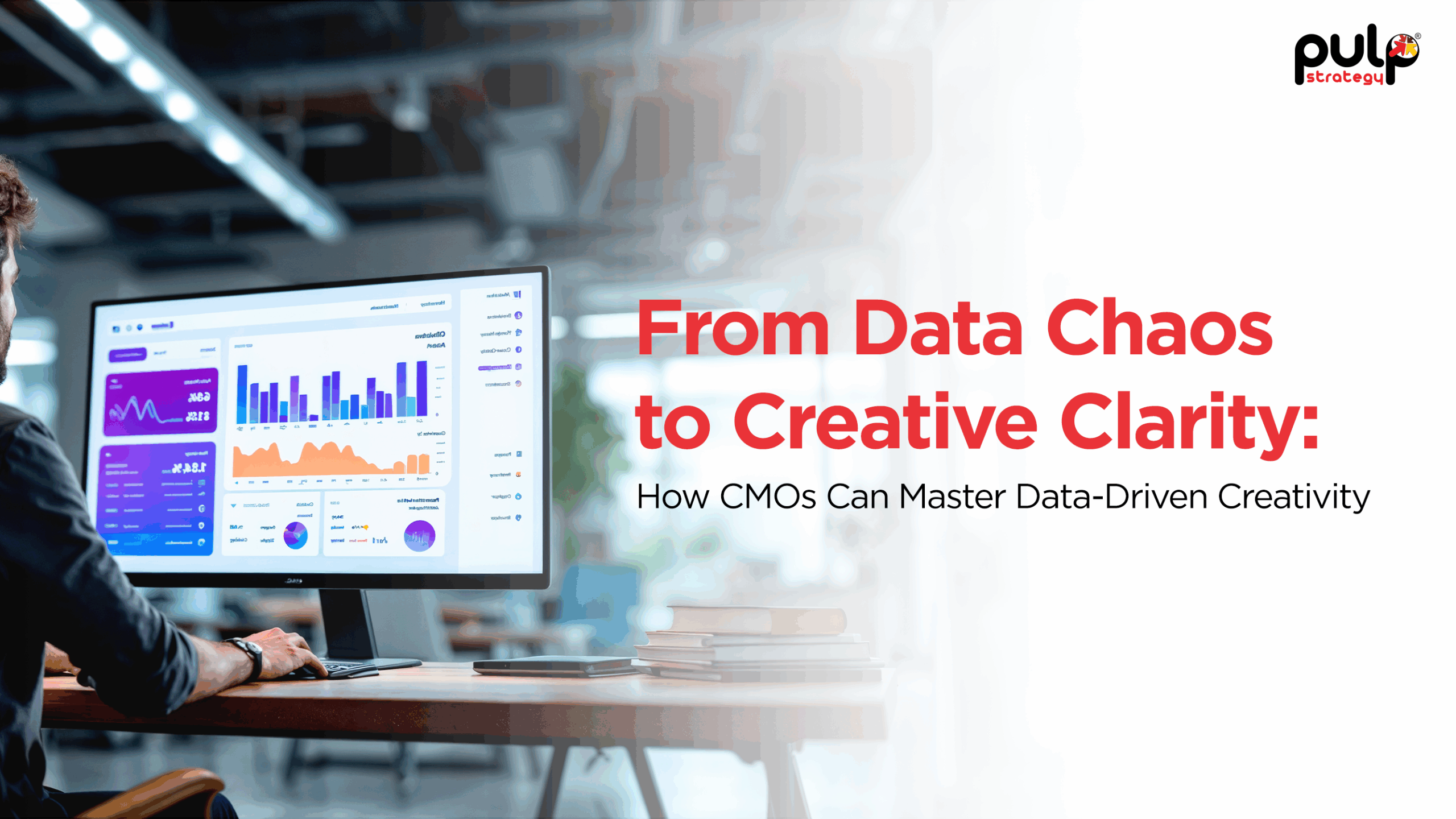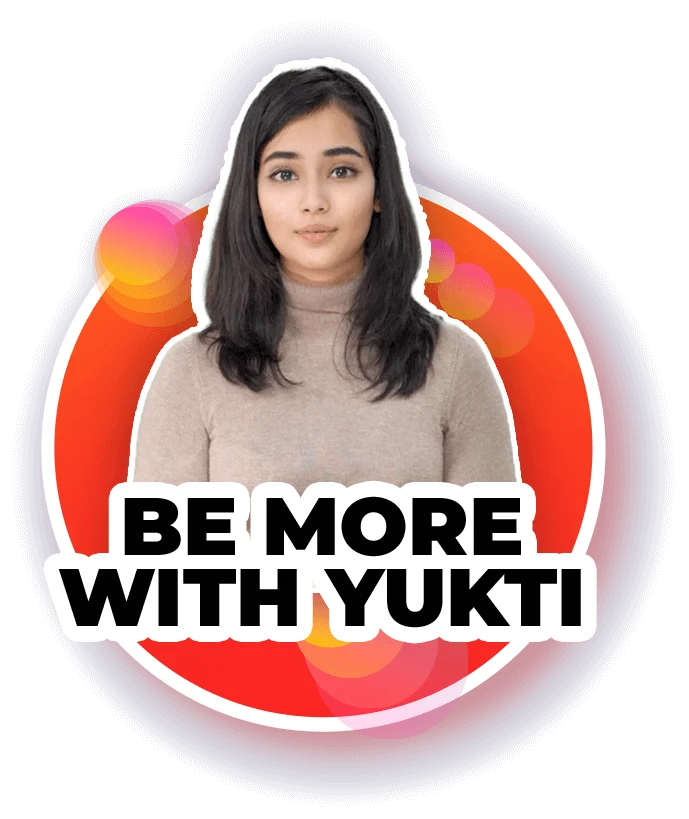In a world of infinite scroll, your content strategy is either a well-oiled machine or a marketing liability.
In 2025, CMOs aren’t just brand custodians—they’re ecosystem architects. The challenge isn’t to churn out more content. It’s to orchestrate creativity, data, and distribution into a modern content stack that drives enterprise digital marketing strategy, powers audience engagement, and delivers business outcomes.
This guide breaks down how to build that stack—with clarity, structure, and ROI in mind.

What is a Content Stack - and Why You Need One
A content stack is your integrated engine for high-performance storytelling. It brings together talent, technology, data, and workflows to create, optimize, and distribute content at scale.
But here’s the friction point - many organizations still function in silos. Creatives work in isolation. Analysts report without context. Media and content get launched without synergy.
According to McKinsey, organizations that link content strategy with business goals see up to 30% higher marketing efficiency.
CMO Takeaway :
A content stack isn’t operational overhead—it’s your growth infrastructure. Align people, process, and platforms with business outcomes.
Creative + Data: Bridging the Disconnect
Creative without data is guesswork. Data without storytelling is noise.
Modern CMOs bring data-driven marketing insights directly into the creative process - from brief to concept. Behavioral signals, content format benchmarks, performance heatmaps - these must sit alongside moodboards.
Structured, insight-led briefing creates messaging that lands with precision across digital marketing strategy, not just in theory but in impact.
CMO Takeaway :
Build workflows where strategy, analytics, and content creation are co-authors—not handoff points.
Structuring the Stack: People, Process, Platform
1. People
Cross-functional pods bring content strategists, creatives, data analysts, and media minds together for speed and precision.
2. Process
Editorial calendars, sprint-based workflows, DAM systems (like Bynder or Brandfolder), and localization pipelines reduce chaos and repetition.
3. Platform
AI personalization, automation, CRM, and analytics tools - integrated through marketing technology consulting services - become enablers of growth.
Gartner reports: Data-driven organizations are 6x more likely to surpass revenue goals.
CMO Takeaway :
Think like a systems architect. Your content stack must enable agility, versioning, and collaboration at scale.
AI-Personalized Content Strategy: Versioning at Scale
In 2025, AI personalized content strategy is baseline - not innovation.
CMOs are now orchestrating hyper-personalized email sequences, persona-based landing pages, dynamic ad creatives, WhatsApp nurture flows, and modular video content - all through intelligent automation.
McKinsey reports: Personalization can drive 5–8x ROI on marketing spend.
CMO Takeaway :
Don’t build content. Build modular content experiences. Let AI handle the versions; your team handles the emotion.
Distribution Is a Strategy, Not a Checkbox
The best content fails without the right distribution strategy. Format for the platform. Schedule for the moment. Personalize for the journey.
Plan for LinkedIn scrolls, Meta thumb-stops, WhatsApp replies, and CRM retargeting - all in the same calendar.
Omnichannel content marketing strategy must be journey-aware, persona-led, and media-optimized.
CMO Takeaway :
Define distribution roles early. Don’t let your best work die in drafts. Build delivery into the DNA.
Measuring Beyond Vanity Metrics
Likes ≠ Lift. Views ≠ Value.
CMOs must now measure how content impacts pipeline acceleration, conversion velocity, and audience lifetime value.
Define KPIs that connect content to outcomes - MQLs, SQLs, influenced revenue, deal assist.
Use tools like GA4, Tableau, and Hotjar to connect story to sale.
Case in Focus:
Pulp Strategy’s “Trails of India” for Michelin built an owned community of 800K+ engaged users, reducing platform dependency and boosting brand equity through data-driven storytelling.
CMO Takeaway :
What you measure is what you empower. Reframe your dashboards around impact, not applause.
Looking Ahead: Content Stacks Are Business Stacks
The future belongs to CMOs who think like ecosystem architects.
A modern content marketing strategy is no longer about making more content. It’s about building systems that adapt, distribute, and resonate - at scale.
Your content stack is how you connect creative with performance, data with story, and channels with context.
Final CMO Takeaway :
Creative. Data. Distribution. This is your growth triangle. Your content stack is the map.







